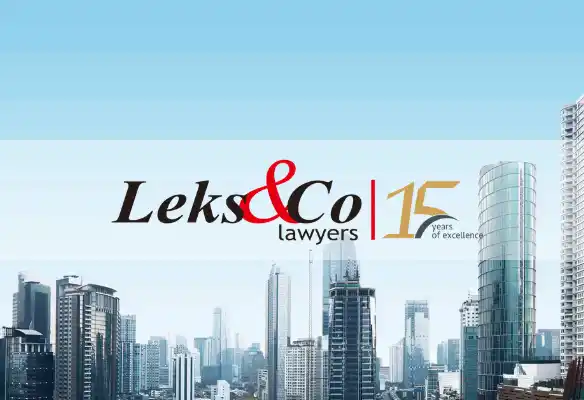 With the growth of development, it is necessary to have laws and regulations on the land rights in the upper space (RAT) and underground space (RBT) which guarantees legal certainty and justice as referred to in Law No. 11 of 2020 on Job Creation (Job Creation Law) and GR No. 18/2021.
With the growth of development, it is necessary to have laws and regulations on the land rights in the upper space (RAT) and underground space (RBT) which guarantees legal certainty and justice as referred to in Law No. 11 of 2020 on Job Creation (Job Creation Law) and GR No. 18/2021.
Before discussing the right to space on land more deeply, one needs to know in advance the definition of the space on the land itself. RAT is the space above the land surface that is used for certain activities whose control, ownership, use and utilization are separate from the control, ownership, use and utilization of land plot. So, if for example we have ownership of right of management or any land rights, with a certain limit, there is also a space on the land separated from its underlying right.
To make it easier to imagine the meaning and visualization of the RAT and RBT, we can imagine the existence of different layers and dimensions in each segment where each layer has its own rules. The rights on (surface) land have their own provisions, as well as the RAT and RBT. This is different from the previous rule, where we can only have rights to 1 dimension, namely the rights over (surface) land.
Then how is the granting of land rights/right of management in the upper land space? Is it true that we can have space?
Provisions regarding the granting of land rights/right of management on space on land are regulated in paragraph (4) of Job Creation Law. Under Article 146 of the Job Creation Law, land or space formed by space on land used for certain activities may be granted several rights, such as:
- right to build;
- right of use; or
- right of management.
Then what about the limits of ownership of the upper land space? To what extent can the upper ground space be owned? By the holder of the right of management, the land is given in accordance with the basic building coefficient (KDB), building floor coefficient (KLB) and adjusted to the spatial plan. Therefore, this allows for different provisions in each region, province, and region, because of course each region will have different spatial plans.
Further provisions regarding RAT are regulated in the Government Regulation No. 18 of 2021 (GR 18/2021) which is divided into 4 parts, including:
- Part 1 (Articles 74 and 75 concerning upper space on land objects), regulates:
- The use and utilization of land rights is limited by height limits according to the KDB and KLB;
- The depth limit is regulated in the spatial plan or up to a depth of 30 (thirty) meters from the land surface in the event that it has not been regulated in the spatial plan;
- If there is utilization of oil and gas resources as well as minerals and coal, land rights in the underground space cannot be granted.
- Part 2 (Emergence of right of Management, Right to Build, Right of Use in the upper space on land)
These provisions are regulated in the second part of the GR 18/2021, namely, under the Articles 76 until 80; - Part 3 (Subject, Time Period, Encumbrance, Transfer, Release, Cancellation of Right of Management, Right to Build and Right of Use on upper space on land)
Provisions regarding the subject, the period, assignment, transfer and release, and cancellation of right of management, right to build, and right of use shall apply mutatis mutandis to the provisions regarding the subject, time period, assignment, transfer and release, and cancellation of right of management, right to build, and the right to use over the RAT;
- Part 4 (Removal of Management Rights, Right to Build and Right of Use in RAT)
Regarding the details of the provisions and several conditions related to the removal of right of management, right to build, and right of use are regulated in Articles 82 and 83 of GR 18/2021.
Agita Asmara Pratama Putri






